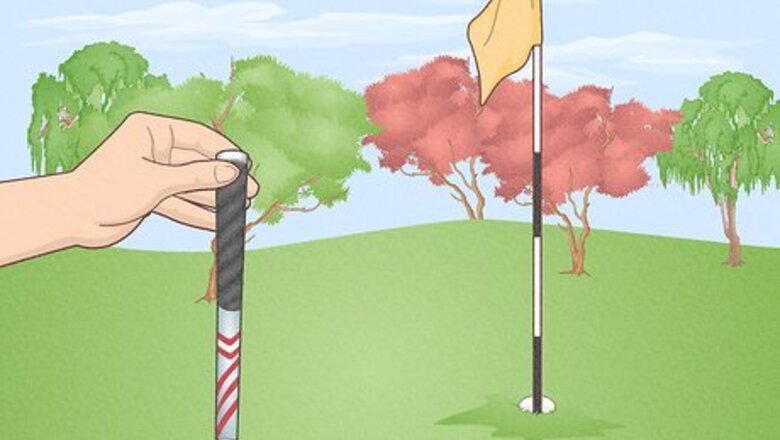
views
- Every pin sheet is labeled by number, so you can quickly check which hole you’re on.
- The underlined number on the left side is the depth of the green.
- The numbers by the right angle tell you how far the pin is from the left or right and front of the green.
- The positive or negative number tells you how close the pin, or flag for each hole, is to the center of the green.
What is a pin?
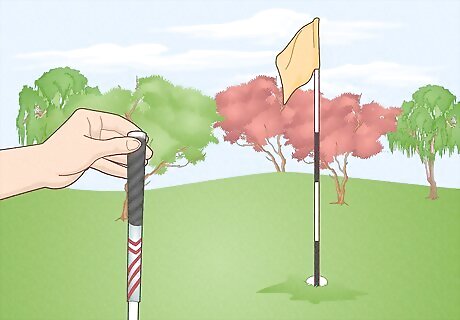
A pin is the flag that’s used to mark each hole in the course. Technically, the “pin” refers to the flag pole, but most people refer to the flag as a pin, too. A “pin sheet” is a map of all the pin locations on a course. Different tournaments may have different styles of pin sheets. Most pin sheets are simple circular diagrams, while others are drawings of the actual golf course.
How to Read a Golf Pin
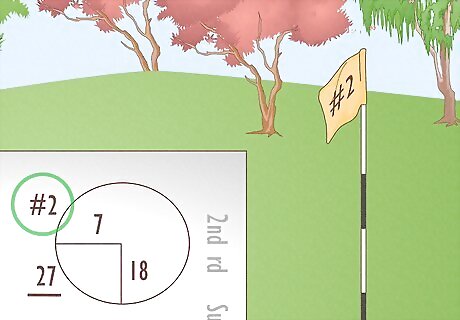
Look at the top number to see which hole you’re on. To quickly check where you’re at on a pin sheet, find the largest number which is usually in the upper left corner. Most pin sheets are numbered vertically from 1 - 18. Many people like to fold pin sheets and keep them in their back pockets. Oftentimes, you’ll see golfers fold their pin sheets vertically so only 6 numbers show at a time so they’re easier to slip into a pocket.
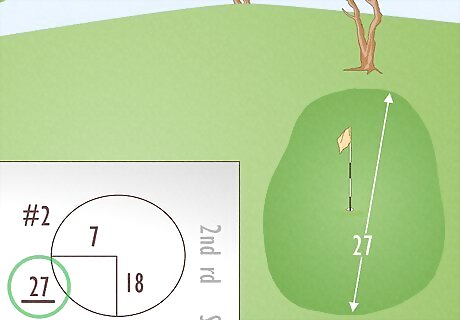
Check the left number for the depth of the green. The small number on the left tells you the depth of the green. That number is always written in paces, not yards. For instance, if there was a “27” on the pin sheet, you’d know that the green is 27 paces deep from front to back. These numbers are often underlined to differentiate them from the hole numbers.
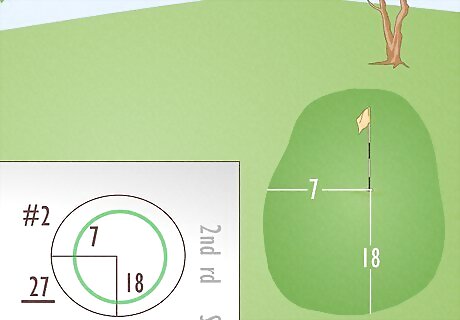
Look at the right angle to find the pin’s location. Most pin sheets have a circle with a right angle in the middle of them. Look at the right angle and find the 2 numbers: the number on the vertical line tells you how far the pin is from the front of the green, and the number on the horizontal line tells you how far the pin is from the right or the left side of the green. For example, maybe the pin is 18 paces from the front and 7 paces from the left. The diagram would have a right angle with 18 on the vertical line and 7 on the horizontal line. Some pin sheets are actually small maps that show the true shape of the green. In that case, they’ll usually have a small dot inside of the shape that shows you the rough approximation of the pin.
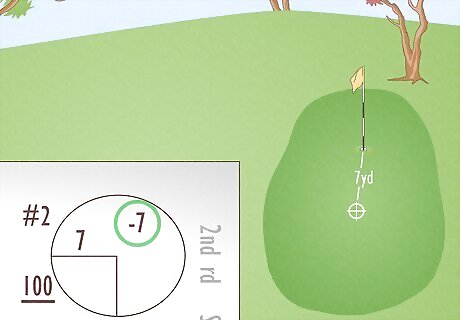
Find the positive or negative number for the pin’s relation to the center. While most other numbers on a pin sheet are in paces, if you see a small number near the top of the diagram with a + or - in front of it, that’s likely in yards. That number tells you the relation to the very center of the green. For instance, if the number was -7, you’d know that the pin is short 7 yards from the center. Typically, the center of the green will be marked with signposts, so you can find it when you’re actually on the course. For example, if the center of the green was 100 yards, and the pin sheet said -7, you’d know that the pin is 93 yards from the front of the green.
How do you use a pin sheet?
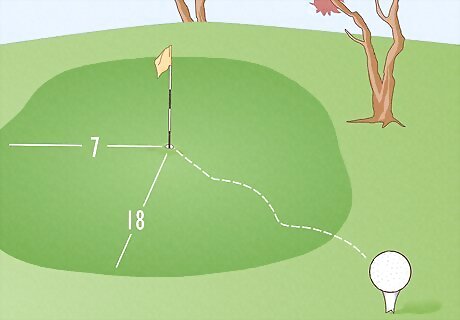
Use the pin’s location to plan your tee shot. You can use the pin sheet to find the approximate position of the pin: front, back, left, or right. If you’re familiar with the course, you might also know where any shelves or bunkers are, too. Using the location of the pin, you can plan where to aim your tee shot to avoid any obstacles and aim for the straightest shot. For instance, let’s say your pin sheet tells you that the pin is on the upper left side of the green. If there’s a bunker on the lower left side of the course, you probably know that you want to approach this one from the right side of the fairway.











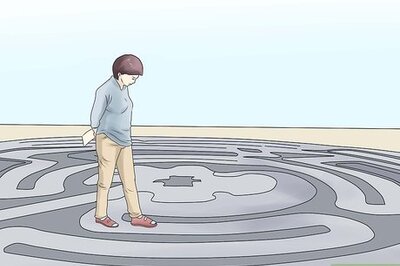




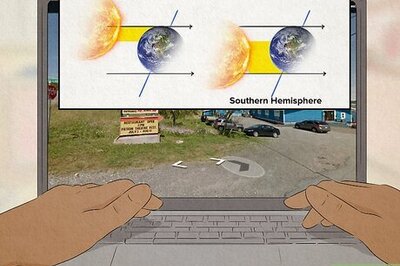
Comments
0 comment